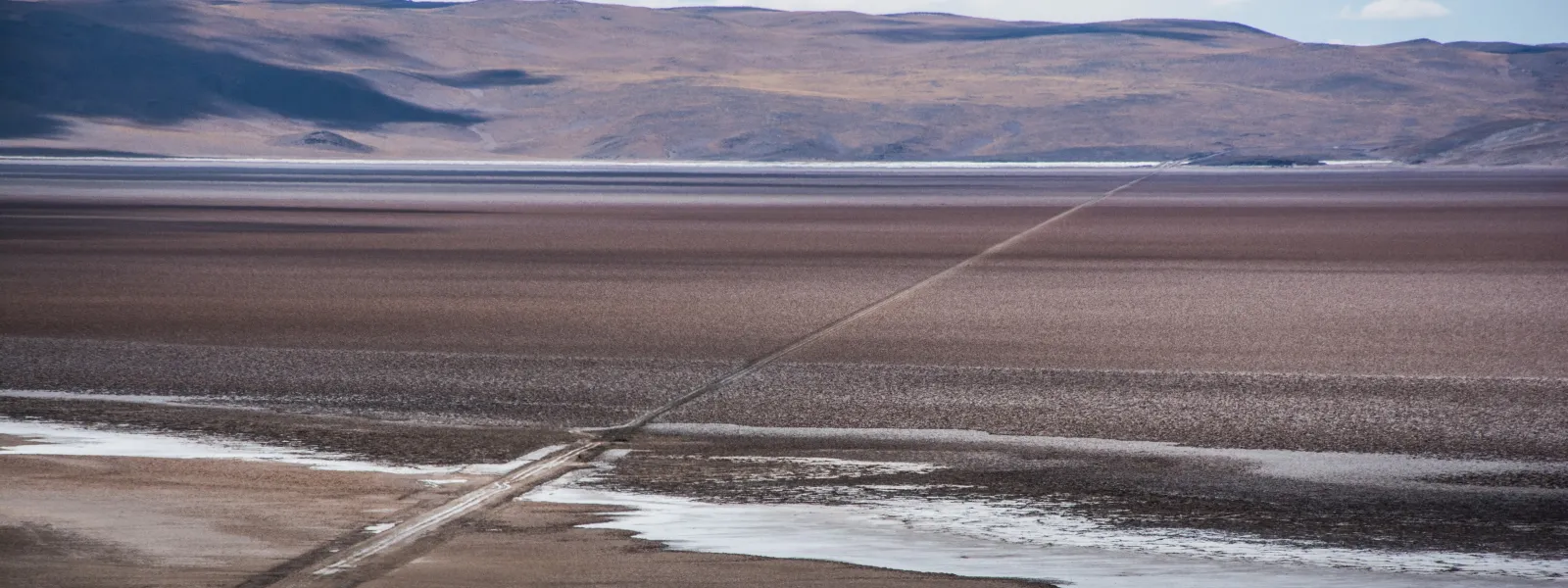
StoryMap: Environmental Impacts of Lithium Extraction in an Argentine Wetland
The energy transition model promoted by countries in the Global North comes with irreversible social and environmental consequences for Latin America—particularly in the Greater Atacama Region, which spans Chile, Bolivia, and Argentina. This area’s rich biological and cultural diversity overlaps with lithium and other so-called “critical” mineral reserves, often framed as essential for reducing or eliminating fossil fuel use in energy generation.
These impacts are already happening. In the Salar del Hombre Muerto, an Andean wetland in Argentina, decades of lithium extraction have worsened the water crisis in Catamarca province and threaten the rights of local communities, due to the massive consumption of water and use of polluting chemicals.
Discover how lithium is extracted and what its exploitation means
To raise awareness of this situation—and highlight the urgent need to protect water and local territories—we share the story of the Salar del Hombre Muerto and the ecosystem’s water loss caused by lithium mining.
Using maps and satellite imagery, we show how lithium extraction, which began in 1998, has gradually drained the salar. The continued expansion and acceleration of this activity pose a serious threat to the wetland and the life it sustains.
